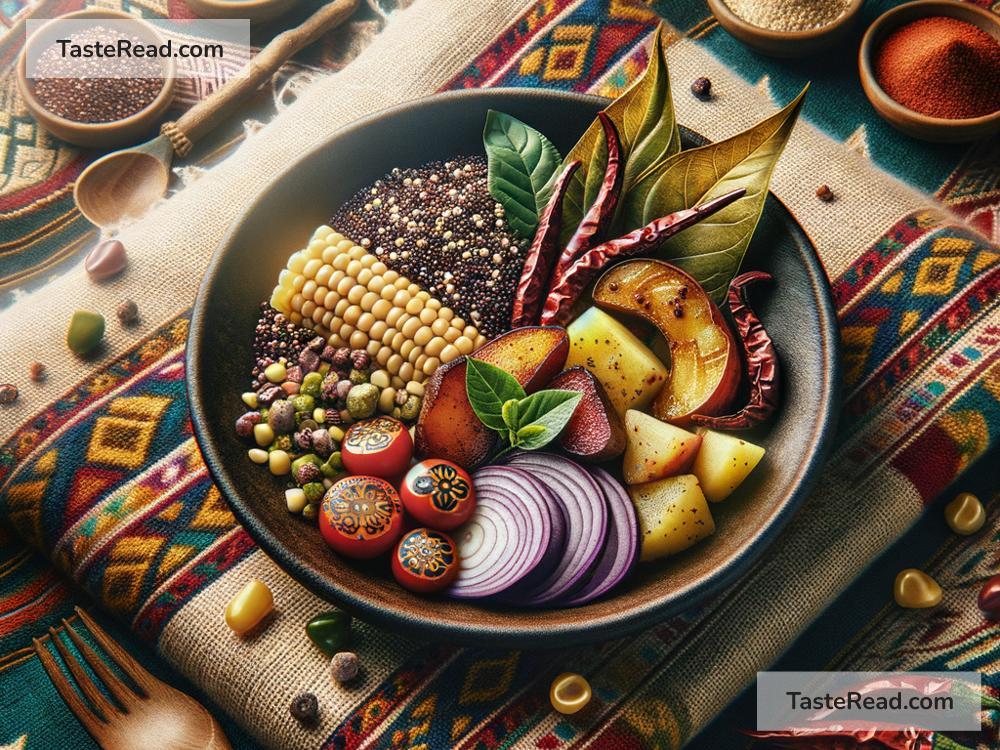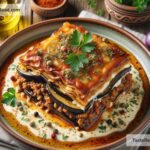The Influence of the Incas on Modern Cuisine
The Incas were a powerful and innovative civilization that flourished in South America from the early 1400s until the arrival of Spanish colonizers in the 1500s. Their empire stretched across vast areas of modern-day Peru, Ecuador, Bolivia, Colombia, and Chile. While the Incas are best known for their impressive architecture, like Machu Picchu, and their advancements in engineering, they also play a major role in shaping modern cuisine. Many of the foods and agricultural techniques they introduced continue to inspire chefs and farmers around the world today.
The Incas and Agriculture
The Incas lived in the Andes mountains, where farming was challenging. They didn’t let this stop them, though. They used innovative techniques to grow food in rocky and steep terrain. One of their most impressive methods was creating terraces—flat farming platforms carved into the sides of mountains. These terraces prevented soil erosion and made farming possible in areas where it otherwise wouldn’t have been.
The Incas also invented advanced irrigation systems to bring water to their crops. They built canals and water-storage systems that ensured their fields stayed fertile, even during dry seasons. Their farming systems were so efficient that they could feed millions of people without any modern equipment.
Ancient Crops That Are Still Popular Today
The Incas were master farmers who cultivated a wide variety of crops. Many of these ingredients are essential to modern cuisine and have spread far beyond South America.
Potatoes
Did you know that the Incas introduced the world to potatoes? The potato was first grown in the Andes mountains, and the Incas cultivated hundreds of varieties. They even developed a method to freeze-dry potatoes called chuño, which preserved the food for months or even years. Today, potatoes are one of the most widely eaten foods in the world, appearing in dishes ranging from French fries to mashed potatoes. Peru, where the Inca Empire was centered, still boasts dozens of unique potato varieties that chefs prize for their flavor and versatility.
Quinoa
Quinoa, often called a “superfood,” was a staple crop for the Incas. This tiny seed is packed with protein and nutrients, making it an amazing source of energy. Quinoa grows well in tough conditions, like poor soil or high altitudes, which is why the Incas relied on it so much. Over the past few decades, quinoa has become incredibly popular all over the world as people appreciate its health benefits. You can now find it in salads, bowls, soups, and even baked goods.
Corn
Corn was another important crop for the Incas, and they knew how to use it in many different ways. They made corn-based drinks like chicha, baked cornbread, and even ground corn into flour for baking. Today, corn is a global culinary staple and a key ingredient in everything from tortillas to popcorn.
Peppers and Spices
The Incas also cultivated various kinds of chili peppers and used them to flavor their food. Spices, such as aji amarillo (yellow chili), are still widely used in Peruvian cuisine today. The Incas understood the importance of seasoning, and their love for bold flavors continues to inspire modern dishes.
The Importance of Sustainability
The Incas were ahead of their time when it came to farming sustainably. They understood how to work in harmony with nature, ensuring their land could support crops for generations. For instance, they planted different crops in rotation to keep the soil healthy and used natural fertilizers to enrich the earth. Modern farmers are now embracing these ancient techniques to reduce waste and grow food sustainably.
Inca Influence on Peruvian Cuisine
Many traditional foods in Peru today are directly inspired by the Incas. Dishes like lomo saltado, causa rellena, and ceviche often incorporate ingredients like potatoes, corn, and chili peppers. Aji amarillo, the yellow chili pepper prized by the Incas, is still a key element in many classic Peruvian recipes.
One of Peru’s most unique dishes is pachamanca, which dates back to the time of the Incas. Pachamanca involves cooking meat, potatoes, and vegetables underground using hot stones. This ancient cooking method is still practiced today during special celebrations, and tourists from around the world love experiencing this bit of Inca culture.
The Global Impact of Inca Foods
The food of the Incas isn’t limited to Peru. It has had a lasting effect on cuisines worldwide. For example, the potato has become a global superstar, grown and enjoyed in nearly every country. Similarly, quinoa has gained a massive following, especially among vegetarians and health-conscious individuals looking for protein alternatives.
Chefs around the world are also increasingly looking to traditional Inca ingredients and techniques for inspiration. With the interest in healthy, plant-based eating on the rise, ancient foods like quinoa and corn are more popular than ever.
Conclusion
The Incas left an incredible legacy with their innovations in food and farming. Their crops, techniques, and recipes continue to influence people worldwide. From the potatoes on your dinner plate to the quinoa in your salad, modern cuisine owes much to this ancient civilization. As more people embrace sustainable and healthy eating habits, the wisdom of the Incas becomes even more valuable. Next time you enjoy potatoes, quinoa, or corn, remember the creative farmers in the Andes mountains who made all of this possible thousands of years ago!


